We the People have an opinion about political speech in school
original posters by Shepard Fairey
March 3, 2017
On March 1, 2017, students at Westiminster High School, just 30 minutes away from Linganore High School, wore t-shirts to school with artwork by Shepard Fairey depicted on them in protest of posters being taken down in their schools.
In mid-February, teachers at the Carroll County high school, hung up posters in their rooms that depicted African American, Muslim, and Latina women in the same color scheme and design of that Barack Obama’s “Hope” posters, and the administration made them take them down. The Carroll County Times has been following the developing story.
According to the Carroll County Times, the administration believed that they were anti-Trump posters and should not be hung in the classroom because teachers are not permitted to sway students’ views with political speech. The Board of Education supported the building level decision.
While the teachers are not permitted to hang these posters, the students took the issue into their own hands. Alum, Sarah Wack, started a gofundme account (which is now closed because the fund reached its goal) asking to raise funds so students could buy and wear t-shirts with the poster on them. She and her brother, Ryan, who is a junior at the high school, spearheaded the campaign that went viral.
Before the T-shirts were handed out, Wack said on the We the People Westminster Facebook Page, “Remember this is a peaceful movement… don’t engage anyone trying to provoke you or incite a conflict, in person, or on social media.”
Not only did the students take this issue into their hands, the community will, too. Today, March 3, 2017, the We the People Westminster movement is holding a rally in front the county’s Board of Education building to celebrate diversity
This movement has attracted national attention, too. After the gofundme account raised more money than they needed for the shirts, they began donating the money. They originally wanted to raise $4,000 for the price of all the shirts, but instead, they raised $5,065. They then began donating the rest of the money to The Amplifier Foundation, which originally sponsored Fairey’s artwork. The Amplifier Foundation describes its mission as “an art machine for social change.”
In addition to local and national newspapers that covered the story, the National Coalition Against Censorship also sent a letter and posted on their blog about the Wesminster High issue. “The mere act of displaying the ‘We the People’ posters does not constitute partisan political activity.”
While this is how the NCAC sees the issue, some Americans see the posters as Anti-Trump and believe that the teachers shouldn’t hang them.
Lancer Media held a two-day discussion on the topic. The conversation sparked a heated debate among the students, and the newspaper staff realized why it is such a controversial topic. Here are some of the opinions that were expressed during the debate:
“I believe that the posters spur controversy. We can’t achieve anything by simply screaming at another person. If we want our opinions to be heard, we must not yell louder, but rather explain better. No one will ever listen if all we do is push our own opinion without any consideration or acknowledgment of the other side or those we disagree with. When we lose our composure, we lose our argument.” — Hannah H.
“This poster raises the excellent questions of “What exactly is political speech?” and “Is it fair to apply labels based on our own interpretation rather than the artist’s?” These are thought-provoking discussion topics that students should have the right to talk about in a supportive and safe educational classroom environment. It’s the teacher’s job to motivate the students to engage in a civil and respectful dialogue. As long as the teacher is uniting the classroom and valuing all perspectives, then the teacher should be allowed to hang the poster.” — Emily R.
“When I look at the poster I see people of different ethnic backgrounds united by the American flag. The poster shows that, no matter what background you come from, you can be part of American society and not be afraid. Americans can be accepting of everyone, and I think that this is what the poster is conveying. While this is my perspective of the posters, I believe that if teachers are not allowed to put a political poster in their room at all what the teachers did was wrong. End of story.”– Grace W.
“I see that the posters are showing that America is united as a whole, and we connect with each other through our differences. We are taught to be kind and respectful to others, regardless of race, gender, or religious beliefs. People are expected to treat each other kindly and equally, and the posters promote that very idea. They shouldn’t have been taken down when it isn’t necessarily a political view, but a view on having mutual respect and kindness towards one another. Taking the posters down only created more conflict. “We the People” isn’t meant to be used as a target; it is meant to be a supportive link among fellow Americans. Therefore, the posters should have remained on the walls to display unity among the people of America.” — Katie L.
“As students, I don’t think we should ever know what our teacher’s political affiliation is. Nor should we know the political affiliations of our doctor, dentist or grocer. There are just places that political statements don’t belong, the classroom being one of them. When I saw the posters, I saw a protest against President Trump, a political statement. I would say that these posters lead students to know teachers’ political affiliations. Teachers being impartial and not making political statements is crucial to fostering a “safe” environment, where anyone can offer their opinions and speak their minds.” —Alex I.
“When Shepard Fairey released his series of “We the People” posters, I was empowered. After hearing about Trump’s anti-Muslim and anti-immigration policies for over a year only to have him elected President, I was devastated. I feared for myself, for my friends, for my family. The “We the People” posters represent diversity, acceptance, and love. The series shows the best side of America– the part that accepts people of all backgrounds. In a time of fear, these posters bring hope to the oppressed.” — Beau C.
“I am all for diversity in America; however, these posters can easily be seen as ‘anti-Trump’ because of the strong movement against Trump by many women. The posters are no doubt, political. I believe that teachers should not be able to express political beliefs in a classroom or force any of their political beliefs on their students. Freedom of speech is very important throughout America, and many teachers allow debates within classrooms to allow students to express their own opinions. Therefore, these posters are rightfully taken down due to the unmoderated, unwanted arguing and fights that they can potentially cause in classrooms. Whether you see the poster as political or not, there is always another person that can see it a different way.” — Bridget M.
“When I see the poster it makes me realize that America is like the Periodic Table of Elements. America is represented by the entire table, all elements included. Each element represents a different type of culture, religion, national origin, race, and all others. Each element, or group, might have their differences, but they’re united by one common thing, they’re all on the Periodic Table of Elements, or Americans. It doesn’t matter how different each American is: we’re all united under one flag and shouldn’t be fighting amongst ourselves.” — Mason E.
“I see the posters as a political symbol, one that does not correspond with a school curriculum. I’m not against all politics in a classroom. If politics fit with what is being learned in the class, it is necessary that politics are discussed and can even be represented in the classroom; however, one-sided political propaganda should not be allowed. Students should learn unbiased facts so they can form their own political opinions.”--Madison R.
“In this controversy, the issue doesn’t lie in the symbol itself, but in how people interpret it. I believe the posters are a symbol of unity and acceptance. I don’t interpret them as anti-Trump or anti-American. That being said, I do understand how someone could interpret them in that way. Additionally, I cannot force my interpretation of a symbol on others.” — Garrett W.
Like the students at Westminster High School, reflecting the larger American conversation, Lancer Media students could not unite behind one point of view or idea, but they agreed that the classroom discussion of this issue is critical, and allowing all voices to be heard is an important American freedom.


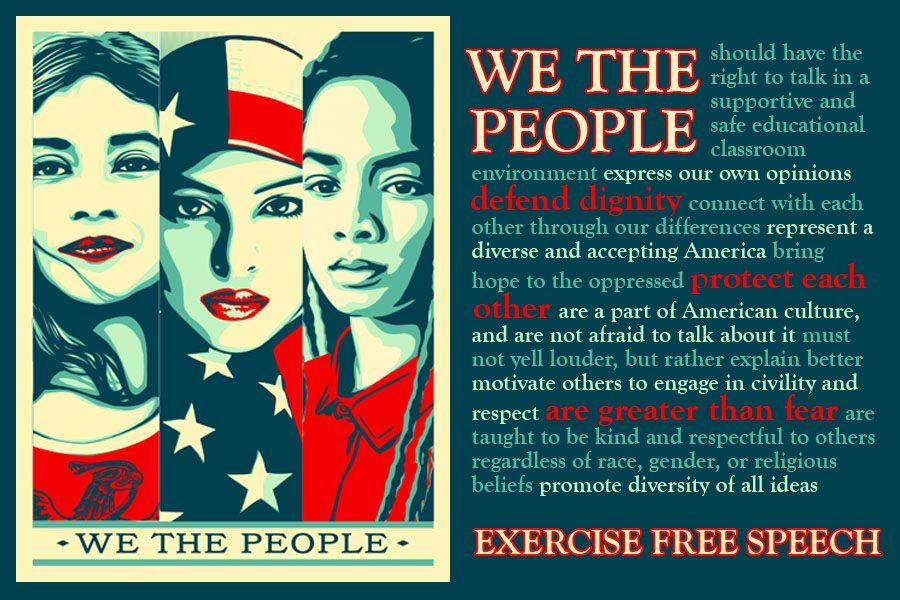

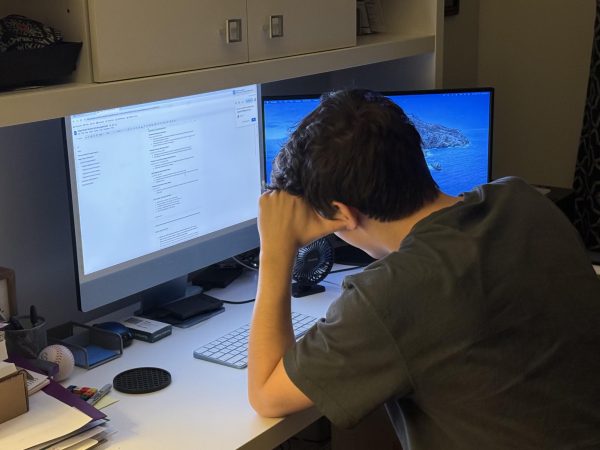




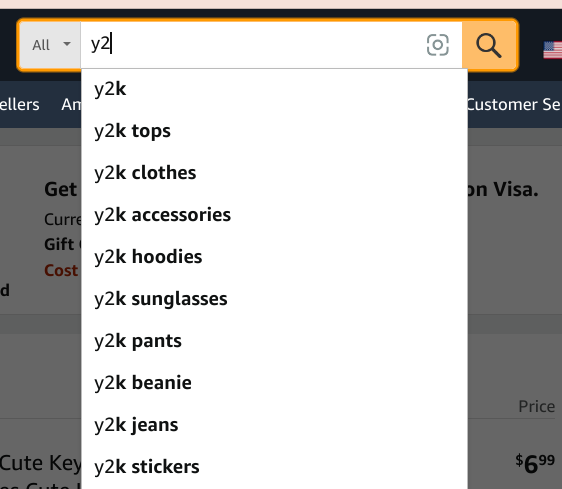
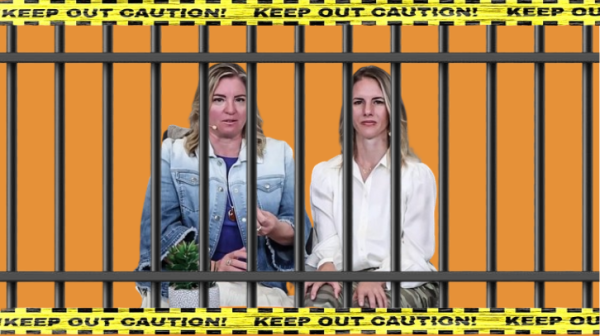
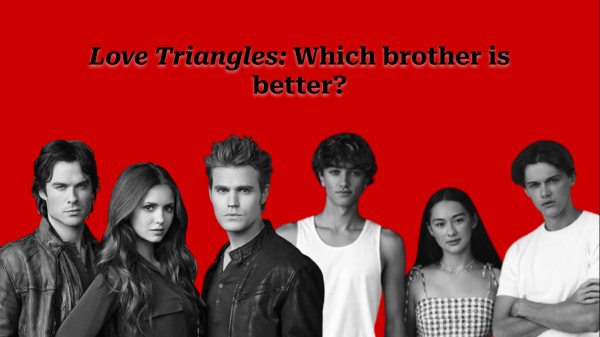
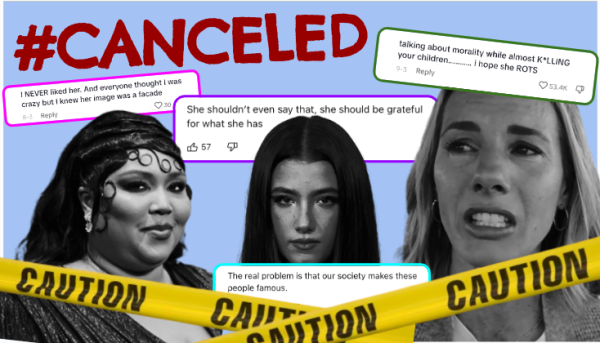

Shirley Haley • Mar 3, 2017 at 5:19 pm
I read all your comments on “We the People’ with an eagerness to see what high school students are thinking. I commend all of you for clearly writing your thoughts, feelings and opinions. And I give your teacher, Mrs Rebetsky, much respect for allowing you to do so in her classroom. That is the true freedom that America stands for.